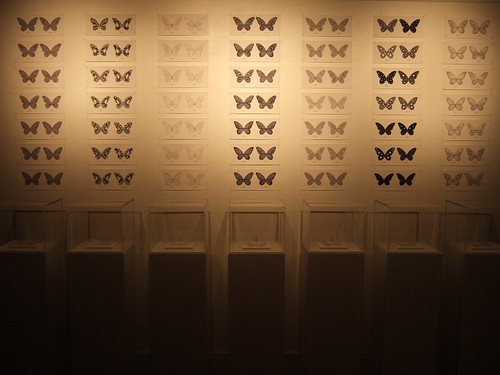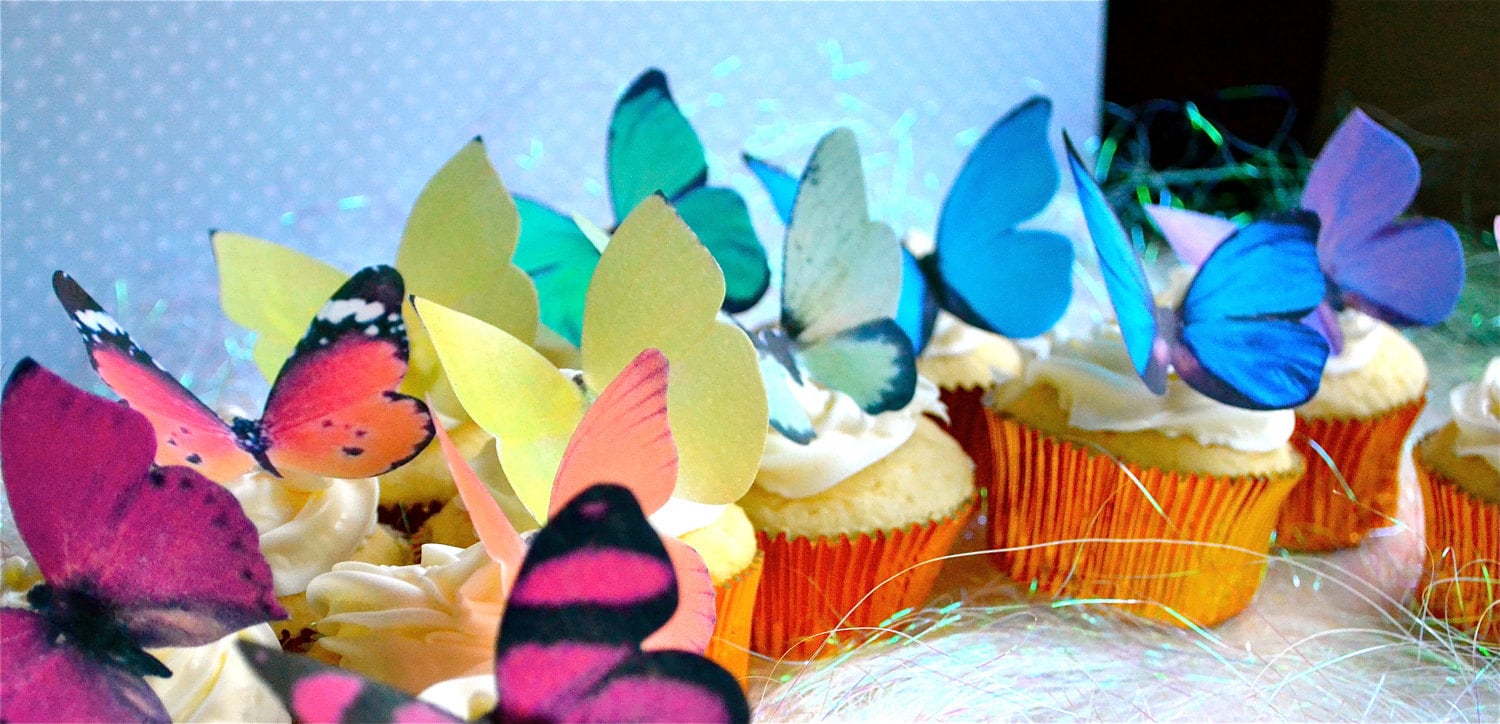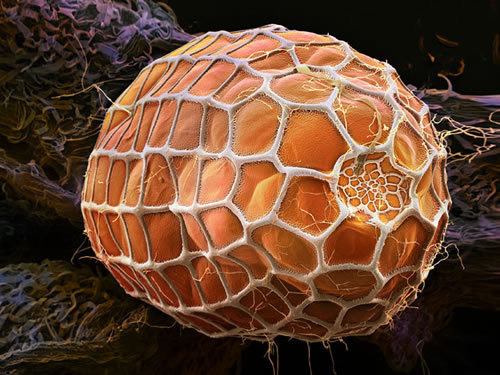 |
 |
Hi there! I know it's been a bit since my last post but life is getting, um, "full and busy" these days as things move forward. But I simply HAD to share these butterflies with you. These ravishing beauties were created in 2007 by The Barbarian Group, an interactive marketing firm, for the exhibit Interactivity at the McLeod Residence, a gallery in Seattle, Wa. The butterflies are laser cut from paper and are rigged up, through a system of motors, magnets, video cameras, and computer magic that I would be hard pressed to explain, to respond to observers by flapping their wings. The details of the installation and the creation of the wings can be found here, (it's pretty neat-o if you're a geek-nerd type so I'll see you there!) and you can check out the wing flapping happiness in the video below.
 |
The Barbarians designed seven "species" of butterflies for the exhibit using unique algorithms for each. It gets a tad "math-y" but you owe it to yourself to check out the families by going here. For example:
 |
| Circle Packing |
 |
| Voroni |
 |
| Cracking |

Photo- Life As Art via Flickr
Here is a video of the process of creating these wings posted by Robert Hodgin, one of the barbarians, on Vimeo. He says he used magnetic forces and voroni to create the patterns. Voroni is a type of mathematical dividing of a space with a certain specified point in each division. Math-y stuff, I know. Cornell University has an applet that let's you play around with making Voroni diagrams and once you do it, by clicking anywhere, you can easily see how it divides the space so that there is only one specified coordinate in each division. Go ahead, watch the video below and then go play at Cornell's site here.
Easy, right? Then stick it in the laser cutter. Nerdy stuff really is pretty cool.
 |
| Another of Robert Hodgin's images of biomimetric butterflies. |
What exactly is biomimetics? It is defined by Websters as "the study and development of synthetic systems that mimic the formation, function, or structure of biologically produced substances and materials and biological mechanisms and processes.' So it is the study of structure and function of biological systems, such as butterfly wings, to use in the design of structure, function, and materials of machines or devices. We touched in this in the post about pearls where we learned that scienticst studying the structure and compostion of pearls are using what they've learnedabout pearl nacre in applications for dental implants, artificial bones, and computer components. Anyway- it's biomimicry.
As for butterflies, scientists are using the new discovery that butterfly wings have cells that are natural solar collectors to improve solar technology or hydrogen gas- a green fuel- production. Or how about applying information about the structure and function of the wings and their reflectivity to improve display screens for cell phones, e-readers, and tablets. Cool shtuff, eh?
Did I find other pretty butterfly things while working on this post? Oh you bet I did.
 |
| Photos: Bas Helbers, Giulietta Verdon-Roe |
"We’ve seen chandeliers made from recycled bicycle parts and cultured crystal, but this imaginative take on fusing lighting and renewable energy generation must be the ultimate in solar-powered gadgets. Taking its biomimetic cue from real-life butterflies that use their wings to gather vital solar energy, this spectacular chandelier is made from 500 butterfly-shaped blue cesium photovoltaic cells, which in turn self-powers a large, hand-blown glass bulb in the center. Dubbed “Virtue of Blue,” it’s designed by Dutch artist-designer Jeroen Verhoeven and masterfully blends ecological design with art and functionalism." Source
This video shows the slow-mo flight of an artificial swallowtail built by Hiroto Tanaka and Isao Shimoyama from Harvard University and the University of Tokyo, respectively, to test their hypothesis about flight. You can go here to read up on it if you would like. How's this model for a delicate little bit of their craftiness?
 |
Finally, since this is a rather black and white post, I'll leave you with a bit of color. Not that these butterflies have anything to do with biomimicry, necessarily, but they are colorful and pretty and, you know, made from sugar.
 |
| Image by SugarRobot via etsy.com |
So I just found out that my niece, who is expecting in June, is decorating her nursery with a butterfly theme. OK, people, why am I just now finding that out? Anyway, after seeing the gorgeous laser-cut butterflies from The Barbarians, my exacto knife is itching and flittering a bit and I have a tiny egg of an idea for the newest addition to our family. Did I say egg?
 |
| Egg of Zebra Longwing Butterfly. Image via National Geographic. |
See ya next time!



No comments:
Post a Comment